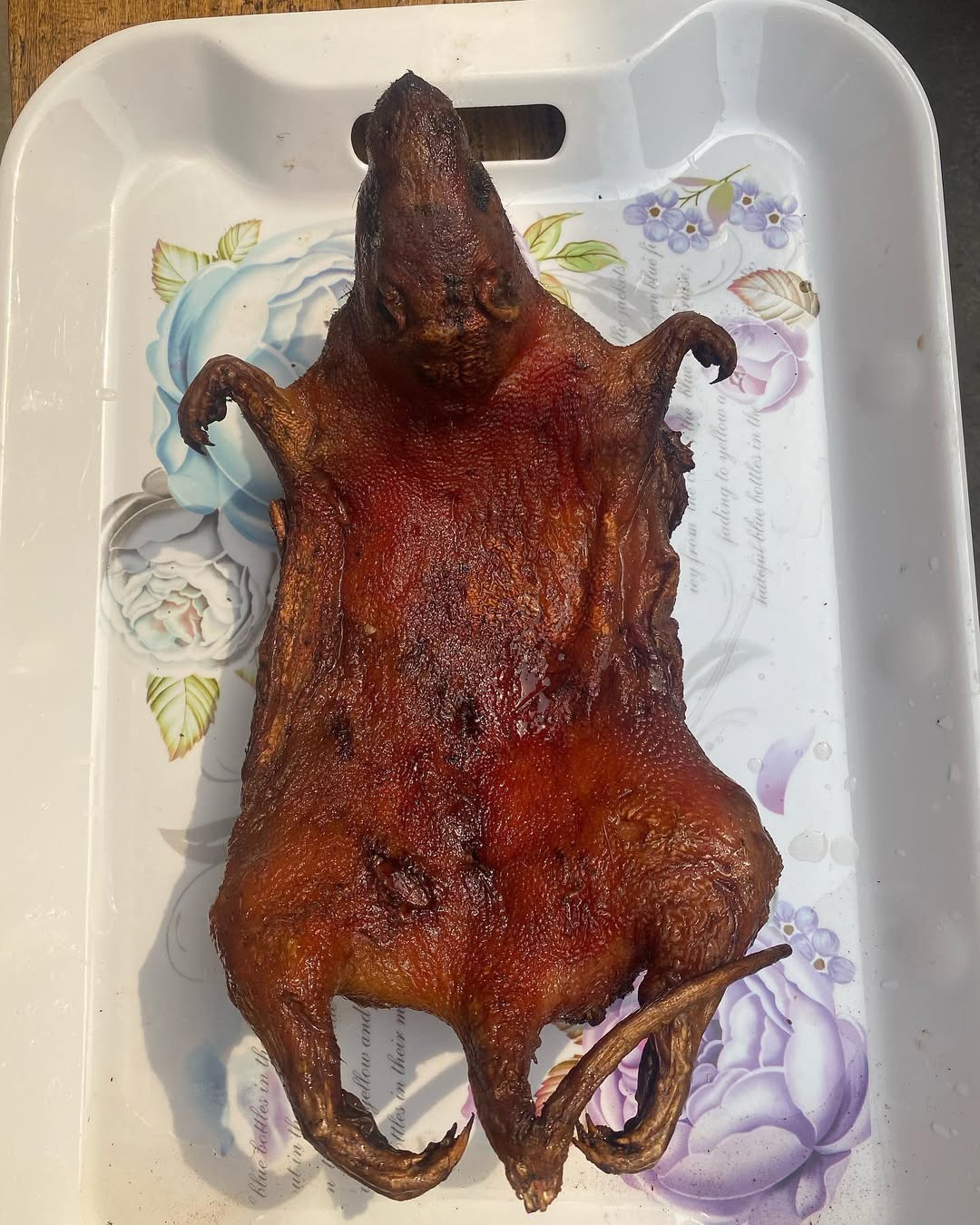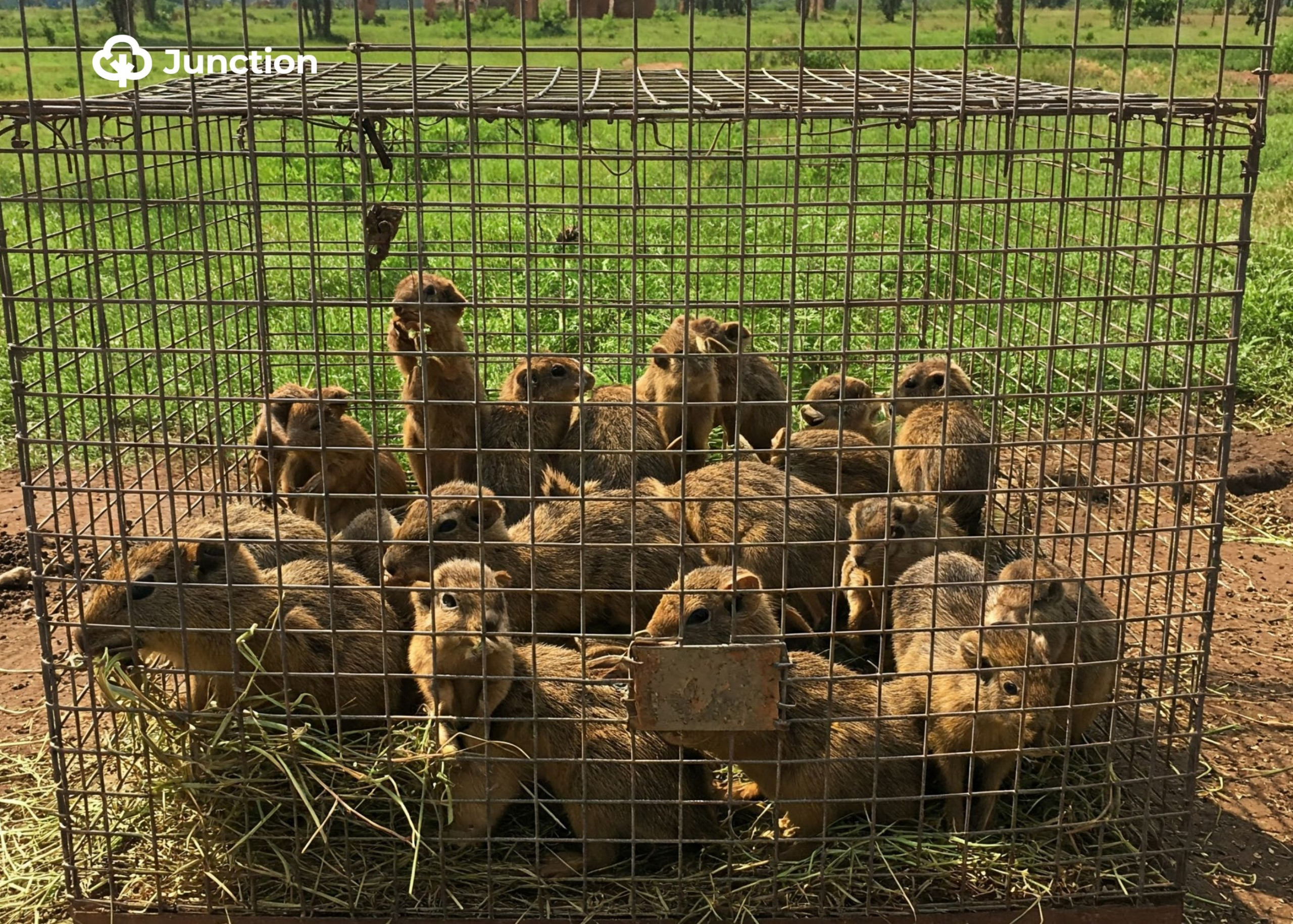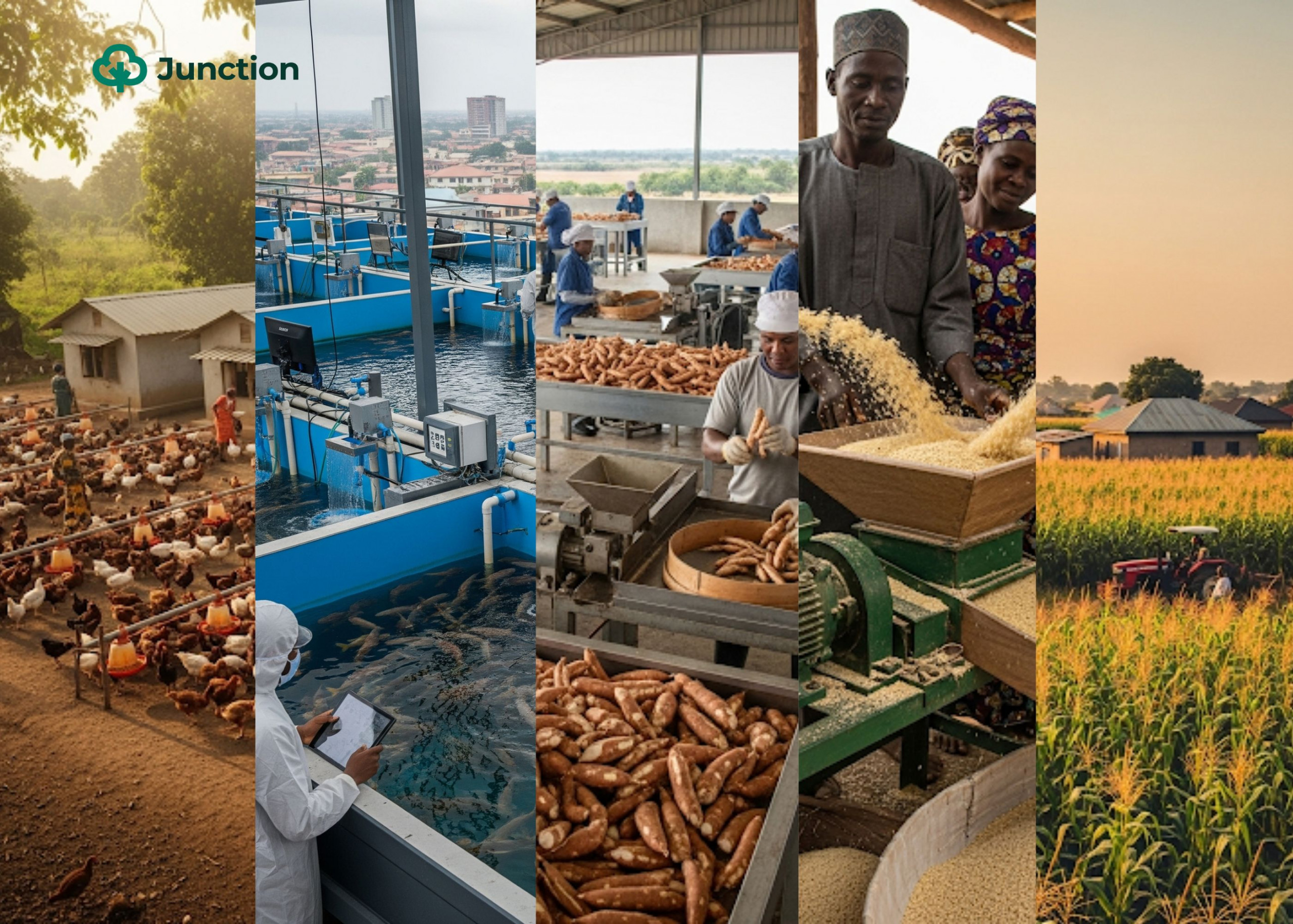In a country where food security and economic empowerment remain key challenges, venturing into grasscutter farming offers one of the most promising agribusiness opportunities for 2025.
Why?
Grasscutter (greater cane rat) is a highly valued source of animal protein. It is considered a delicacy across many Nigerian and West African communities, including among the growing population of Chinese residents in Nigeria.
With increasing demand, relatively low startup costs, and scalable operations, grasscutter farming is viable for young people, professionals, and investors.
Also, one study claims that it is very low in cholesterol and high in protein, making it a healthy source of nutrition. It has a very high mineral (e.g. iron, calcium and phosphorous) content compared to beef, mutton, and chevon.
This article breaks down the opportunity into five actionable steps that will help you start a profitable grasscutter business in Nigeria in 2025, even with little agricultural experience.
Step 1: Develop a simple one-page business plan
Before you begin, develop a clear and practical one-page business plan; see a sample here. This plan will help you focus your resources and set realistic expectations. Your plan should include:
- Vision & goals: Do you aim to sell live grasscutters, processed meat, or breed for other farmers?
- Target market: Hotels, restaurants, individuals, online buyers, or export markets?
- Cost breakdown: Estimate initial setup costs for housing, breeding stock, feeding, and labour.
- Revenue projections: Based on a typical colony of one male and four females, which can reproduce twice a year, expect litters of 2–6 offspring per female.
- Operations plan: Who will manage the farm? Will you use contract workers or be hands-on?
- Marketing strategy: How will you attract buyers and create recurring sales?
This plan serves as your roadmap and can also be used to approach potential partners or funding sources such as microfinance banks, investors, or development programmes.
While developing your business plan, you will likely research to understand the protein market you are entering.
Step 2: Set up housing and acquire breeding stock
A proper housing system is essential for the health and productivity of your grasscutters. Grasscutters are monogastric herbivores and do best in clean, ventilated, and secure housing. Consider the following when setting up:
- Pen size: For a colony (1 male and 4 females), provide about 1.6 to 2m², with 0.2m² per adult animal.
- Materials: You can use concrete or wooden pens with wire mesh for ventilation.
- Biosecurity: Pens should be easy to clean and protected from rats and other rodents that may bring disease.
Breeding Stock: Start with at least one colony. Choose healthy weaners or young adults from reputable breeders. Ensure they are disease-free and well-adapted to captivity. The advised ratio promotes efficient breeding while minimising aggressive competition.
Enclosures must be designed to prevent escape and protect against predators. Each unit should allow for easy observation and movement, with separate compartments for breeding males, females, and weaned young.
Step 3: Master feeding, breeding and daily management
Proper nutrition and care are critical to profitable grasscutter farming. Their diet consists largely of green forages and agro-industrial byproducts.
Daily feed intake per animal:
- Weaners: 100g–150g fodder + 10g–150g supplement
- Young Grasscutters: 150g–250g fodder + 50g–100g supplement
- Adults: 250g–400g fodder + 100g–200g supplement
Feed options include:
- Elephant grass (Pennisetum purpureum)
- Guinea grass (Panicum maximum)
- Maize, cassava peel, soybean meal, and hay.
Breeding & growth:
- Gestation: 5 months (22 weeks)
- Litter size: 2–6 per female
- Weaning: 49 days after birth
- Maturity: 5–6 months
Ensure constant access to clean water and adopt simple hygiene practices to reduce disease risks. You can manage a small to medium-sized farm with 2–5 people, using mostly contract labour to keep overheads low.
Step 4: Establish market channels and a distribution plan
Without a ready market, production becomes wasteful. Start building your market even before your first set of animals matures.
Potential buyers:
- Restaurants, hotels, fast-food eateries
- Individual households, especially in urban areas
- Agro-retailers and meat processors
- Online platforms like Farm Tinder, Jiji, WhatsApp groups, and Facebook Marketplace
- Exporters (especially targeting West African or Asian consumers)
Tips to succeed:
- Use WhatsApp to create customer groups and build loyalty
- Attend local agricultural shows or food exhibitions
- Get a pre-contract agreement with major buyers to ensure predictable income
- Focus on quality—clean, healthy animals fetch higher prices

Grasscutter meat generally sells for around ₦2,500 per kilogram. A whole grasscutter, depending on size and breed, can range from ₦10,000 to ₦18,000. Some farmers may charge more for specialised or crossbred grasscutters. Smoked grasscutter can be found for a premium price, such as ₦25,000 to ₦35,000 per unit on online stores.
Step 5: Manage risks and secure funding
Like any agribusiness, grasscutter farming comes with risks; many of which can be controlled through smart planning and community engagement.
Risk management strategies:
| Risk Area | Threat | Mitigant |
| Technical | Poor farming knowledge | Enrol in short training programs or work with an extension officer |
| Disease | Pneumonia, pests | Maintain hygiene, isolate sick animals, use vet services |
| Climate | Flood or drought | Avoid flood-prone areas; invest in simple irrigation or shade |
| Security | Theft, land disputes | Engage local communities; get land title documents |
| Finance | Inadequate funding | Start small and scale; pitch to microfinance banks or NGOs |
Funding opportunities:
- Microfinance Banks: Often support agri-SMEs
- Development programmes: NGOs and government initiatives offer grants or loans
- Partnerships: Consider co-investing with other farmers
- Outgrower schemes: Join cooperatives or contract production programs
Document your activities to show viability. A six-month pilot cycle showing profit potential will make it easier to access bigger funding later.
Final thoughts: Is grasscutter farming for you?
If you’re looking for a low-barrier, high-demand agricultural venture, grasscutter farming in Nigeria in 2025 is a smart move. It requires moderate startup capital, little space, and is scalable. With government support for agricultural transformation, rising demand among both Nigerians and foreigners, and low complexity in technology, this business offers high profitability, high viability, and long-term sustainability.
Whether you’re a student, a salaried worker seeking a side hustle, or an aspiring agro-entrepreneur, now is the time to act.
Start lean. Learn fast. Scale smart.



